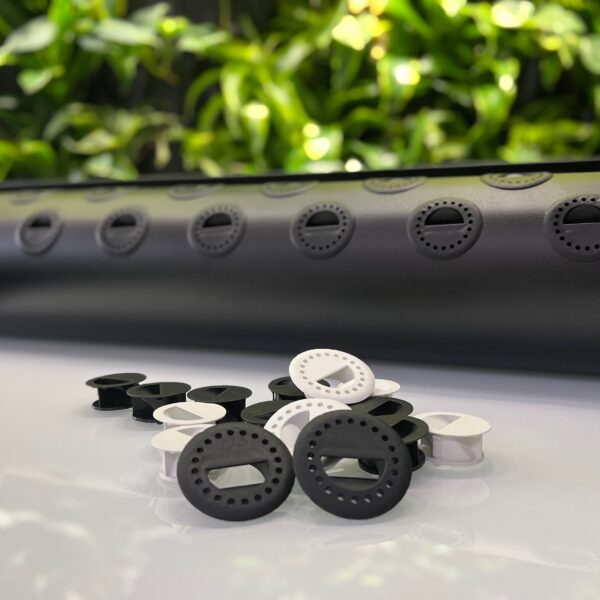The Environmental Product Declaration, EPD, is a life cycle assessment that extensively presents the environmental impacts of a construction product in addition to its carbon footprint. The Construction Information Foundation is perceived as the most reliable and unbiased of the life cycle assessment authors. This is due to standard-based criteria, the mandatory third-party verification, and a thorough approval process.
The analysis and calculation of the environmental effects of our products have been conducted in cooperation with Granlund Oy. In accordance with the EDP requirements of RTS, Ramboll Suomi Oyj acted as the third party in Climecon’s verification stage. “Some uncertainty is involved in the sustainability declarations that are relatively novel to the industry, which is why we chose reliable parties for calculation and verification of our products,” sums up Tommi Uksila, Climecon’s CEO.
Why are life cycle declared building services’ solutions needed?
There is a strong transition to controlling emissions throughout the entire life cycle within the construction field. This is underlined in legislative development at the EU level, including the EU Taxonomy Regulation of sustainable finance, which includes an obligation to determine the life-cycle carbon footprint for sites over 5000 m². In addition, similar regulatory development based on the life cycle carbon footprint is also underway on a country-by-country basis in Europe. Product manufacturers and product-specific emissions data play a big role when determining the material-related carbon footprint of buildings and efforts to reduce emissions. The international and ever-growing environmental certifications of buildings, such as LEED, BREEAM, and RTS, also require a reliable calculation of the environmental impact of buildings – including building services.
“Building services play a significant role in the carbon dioxide emissions of the built environment, and therefore attention should be paid to the choices. Life cycle calculation supports our long-term sustainability and carbon neutrality work,” says Uksila. In addition to verifying the environmental effects, based on the comprehensive EPD calculation, it is possible to locate areas for improvement in the company’s own operations.
At Climecon, the measures are aimed at sustainable raw material choices, optimizing production, minimizing waste material, improving logistics, and favoring local operators. “In the future, based on the findings made in the EPD acquisition process, we will continue to reduce the carbon footprint of our products and minimize the environmental impact,” says Uksila.


